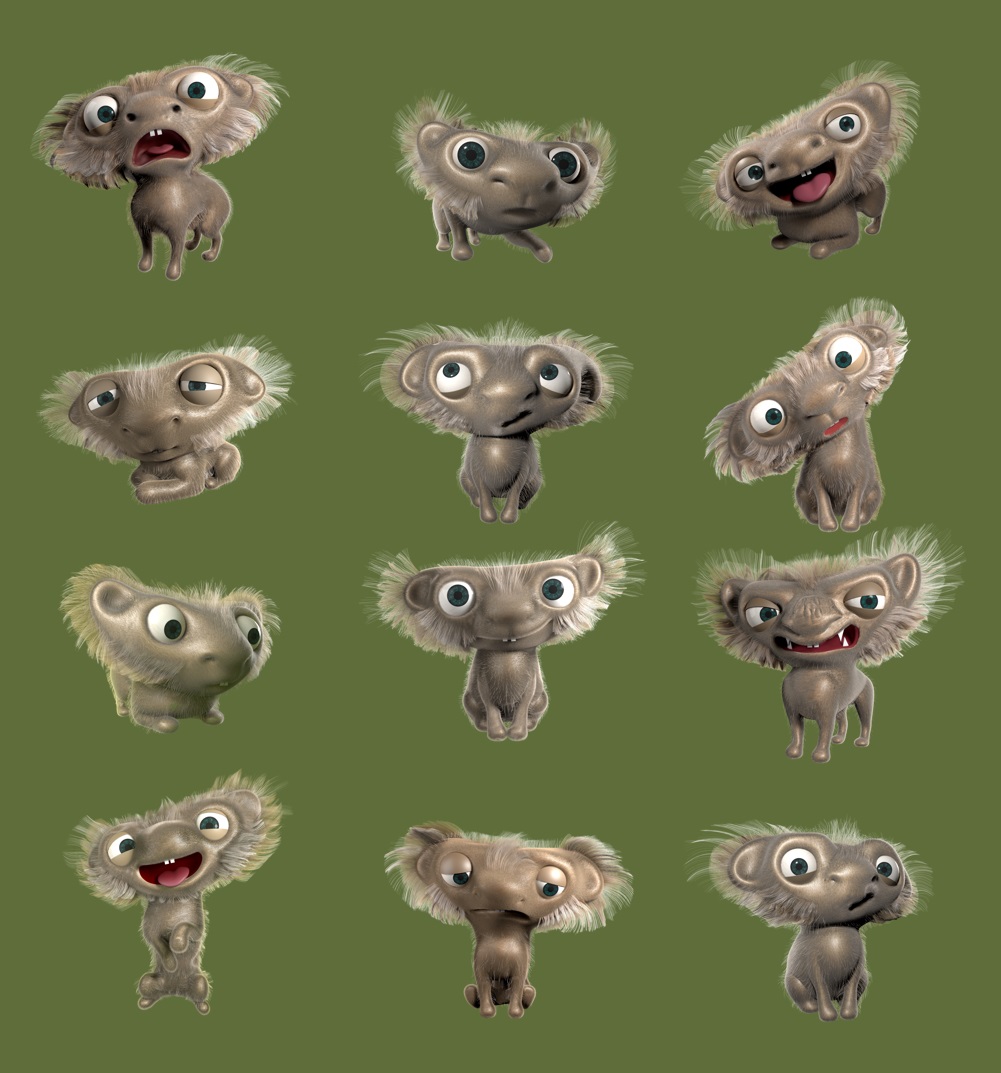By Karolina Westlund Ph.D. of PPG corporate partner Illis Animal Behaviour Consulting

By paying attention to variations in an animal’s ears, eyes, muscle tension, body posture, voice, pelage and tail carriage, pet guardians can gain valuable information as to his emotional state © Can Stock Photo / Svet_lana
I recently did a little experiment on Facebook.
First, my friends and followers helped me name the company’s new mascot, and they also told me what species he was.
Apparently, he’s a racado (rat-cat-dog), and his name is Willis.
The experiment that many people helpfully participated in consisted of assessing his emotional state in different images on my Facebook page.

I must admit, not all my friends and followers saw the point in this exercise – I intentionally didn’t explain where I wanted to go with the little experiment. Someone said she thought it was plain silly and expressed her disappointment in no uncertain terms.
I had three main reasons for doing this.
Reason 1.
First, I was curious to see the extent to which you’d agree about the emotional expressions of an unknown fictional character. If I use images of Willis in my teaching, will people understand what emotional state I’m trying to illustrate?
The answer: for most of those 12 images, yes – for others, no. Watch the video below to find which image bombed completely..!
Reason 2.
The second, and most important reason, was to guide people through an exercise that would, perhaps, make them more attuned to notice and successfully interpret their own animal’s emotional states.
Willis is fictional, and in many of the images he’s showing stereotypical human-like emotional expressions – nothing like a real animal. Still, going through the experiment might increase the likelihood of paying more attention towards the real animals in your care. Noticing their emotional states.
I could be wrong though..?
Is that what happened, for you, when you went through the excercise, or after watching the film below?
After looking at Willis and trying to assess his level of arousal and pleasantness, did you look at your own animals differently? Let us know in the comments’ section!
Reason 3.
The third reason was that I wanted to introduce Core Affect Space, a very useful model of emotions, in a practical way. After all, emotions are incredibly important. Emotional experiences form personalities, and impact behaviour and welfare profoundly – and the Core Affect Space helps explain why.
I summarize the main results, and why they’re important, in the video below.
(If you missed the chance to vote and you want to do the exercise yourself, just pause whenever you see a new image of Willis and think to yourself “how aroused is Willis on a scale from one to ten? How pleasant is this on a scale one to ten?” And then you can immediately see how you compare to the others. )
Here are some leading questions:
- what does your animal look like when he’s in a highly aroused, pleasant emotional state?
- what does he look like in a highly aroused, unpleasant state?
- how about low arousal, pleasant?
- and finally, low arousal, unpleasant?
Even though Willis may look nothing like your animal, you may be more observant on how your animal’s ears, eyes, muscle tension, body posture, voice, pelage and tail carriage varies with his emotional state.
Learn more about Core Affect Space over here.
Check out my short, juicy and FREE e-book containing some of the insights I wish someone had told me early on!
About the Author
Karolina Westlund helps pet owners and people working professionally with animals to get happier, reasonably well behaved animals that thrive in the care of humans. She teaches animal behaviour management through blog posts, the odd Facebook live session or webinar, as well as more extensive online courses. She is an associate professor of Ethology at Stockholm University, Sweden and sometimes publishes scientific articles related to enrichment, animal training, and wellbeing.

